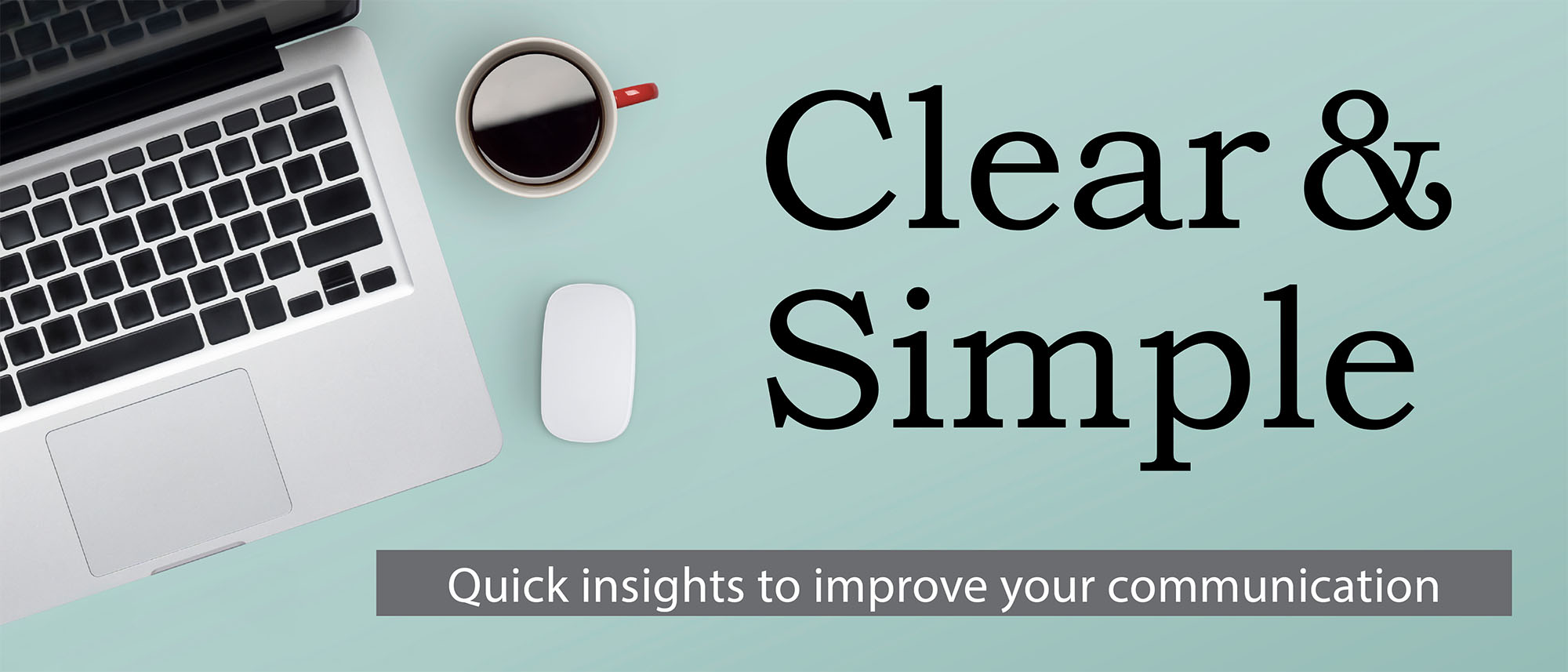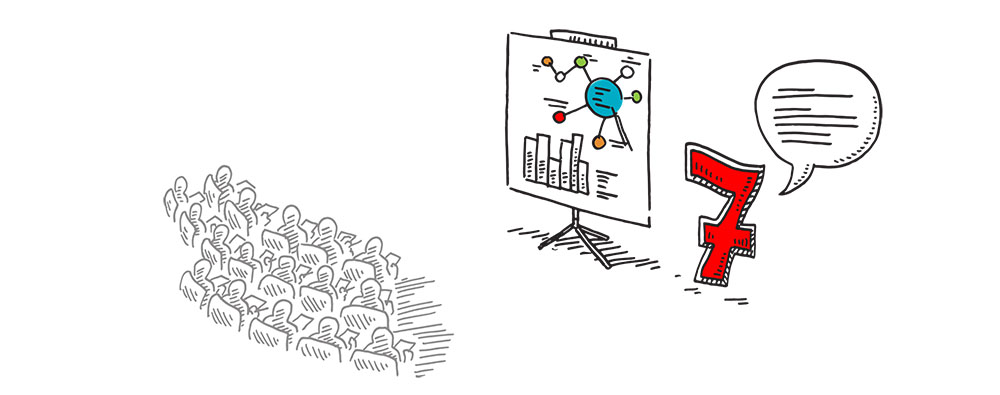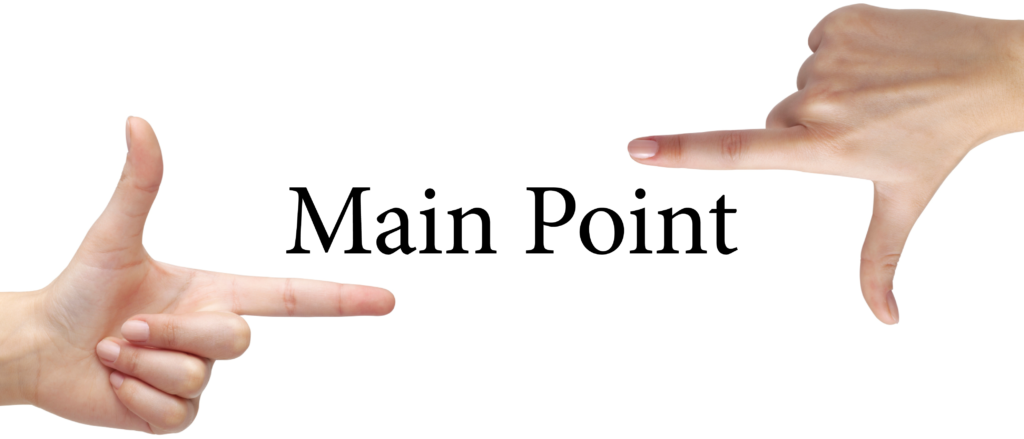
Contrary to popular belief, numbers can’t always speak for themselves. Numbers can have an important story to tell, but how we present them is the difference between effective communication and confusion . . .
The human brain is always looking for ways to cut corners and process information quickly. If you’re a clever communicator, you can take advantage of the brain’s inclination to jump to conclusions . . .
Don’t make your readers work too hard to navigate your content. Whether you’re creating a webpage or writing an email, you can use simple design principles to make the text easier to navigate. For example, use lots of white space . . .
Have you ever been stuck talking to a blowhard at a party or networking event? When your writing is all about you, and not about the people you’re writing for, your readers can’t get away fast enough . . .
Sometimes a sentence seems to mean one thing in the beginning, but by the end you realize it means something else entirely. This kind of ambiguity makes it easy for the reader to misunderstand what the writer is trying to say . . .
Comment below or email us at info@3cpublications.ca.





